The Botanical Garden: a colourful scientific collection
With around 10,000 plant species, the Botanical Garden collection plays a major role in scientific research at Ghent University and other national and international research institutions. Various research groups at Ghent University study these plants, often in collaboration with foreign researchers. The research is very broad: from the discovery and description of species as yet unknown, the examination of relationships between plants based on their DNA and the establishment of new classifications to the study of evolution. When a new plant species has been thoroughly studied, scientists can also use this knowledge in ecological and applied research.
Botanists from Ghent University collect plants from all over the world, especially Africa, Central America and China. They can count on fellow botanists based in these areas to help them locate the plants, among other things. The Botanical Garden also shares cuttings and seeds with foreign partners in turn.
The more plants are shared, the better the chances of survival of the species. This applies in particular to species at risk of extinction. The Botanical Garden plays an important role in plant conservation. It provides a safe haven for various endangered species such as Ceratozamia robusta, Dracaena umbraculifera and Hyophorbe verschaffeltii. You can recognise them by the special sign next to the plant.
Living collections
Plant collections that serve an educational or scientific purpose are grown in the Botanical Garden, both in the greenhouses and in the garden itself.
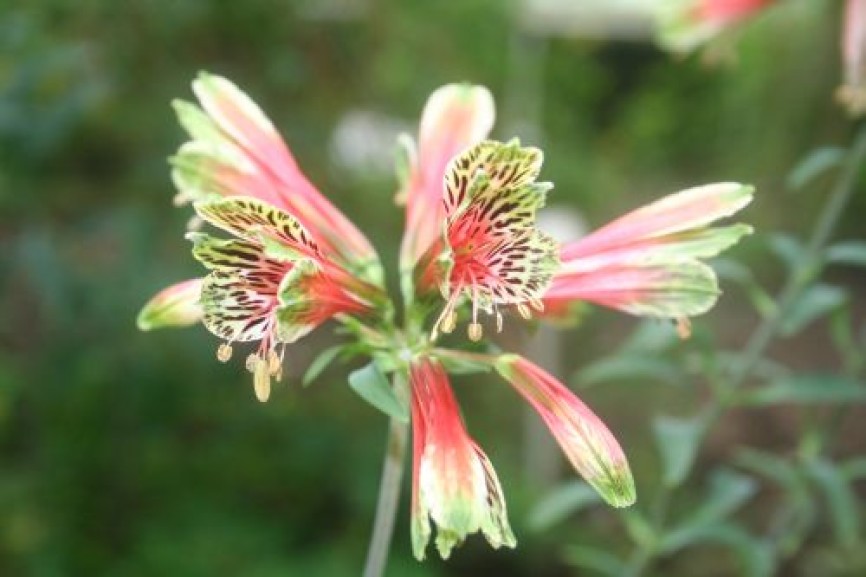
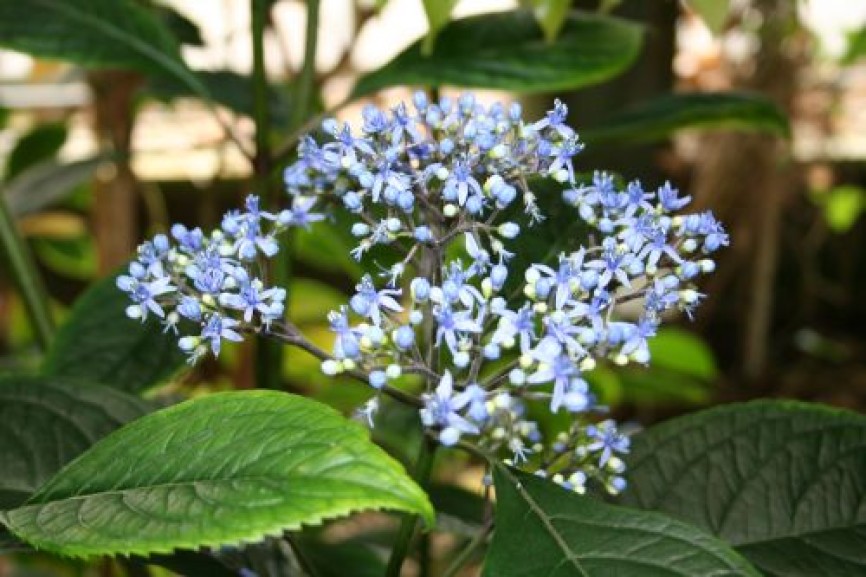
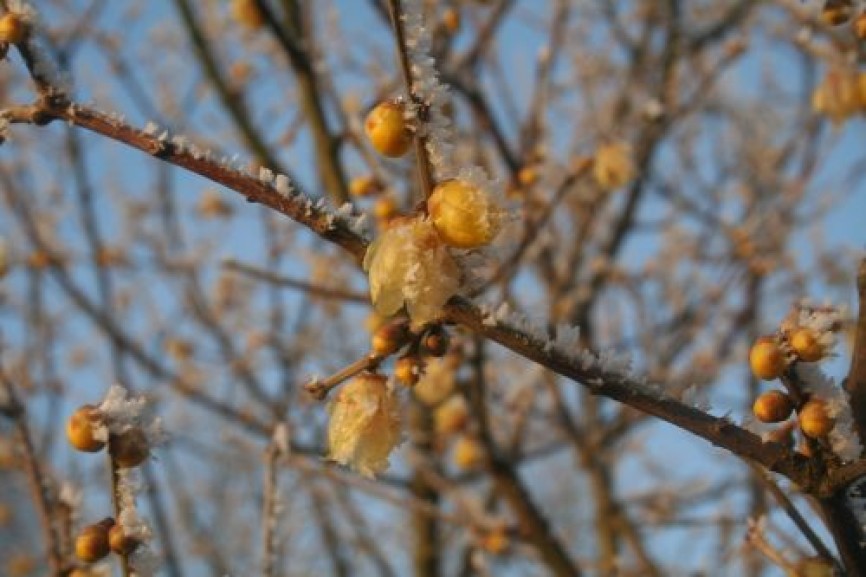
Public greenhouses
The public greenhouses are home to tropical and subtropical plant groups. These are accessible to the public.
Collection greenhouses
For safety reasons, the collection greenhouses are not accessible to visitors.
They house the following taxa or plant groups:
Acanthaceae
Araceae
Asparagus
Begonia
Bulbous plants
Bromeliaceae
Carnivorous plants
Cyclamen
Cyperaceae
Ephedra
Hoya
Kalanchoe
Orchidaceae
Pelargonium
Peperomia
Rhipsalis
Sansevieria
Ferns
Outdoor collections
The systematic divisions in the outdoor garden illustrate the relationships between plant groups. In accordance with current insights, we distinguish between Systematic Basal Angiosperms, Systematic Eudicots and Systematic Monocots. Rock and alpine plants can be found in the rock garden.
The Mediterranean zone features a number of semi-hardy species. Thanks to the favourable location of the Botanical Garden – and the Mediterranean section in particular – these plants can withstand our winter climate.
In the arboretum, you will find trees from Europe, Asia and America. The label indicates their natural territory. The inventory of the arboretum can be consulted via the PLANTCOL-project.
In the 'Plants and People' zone you will find edible, medicinal and other useful plants.
Around the small vegetable greenhouse, you will find all kinds of edible plants: fruit trees, berries, vegetables and kitchen herbs.
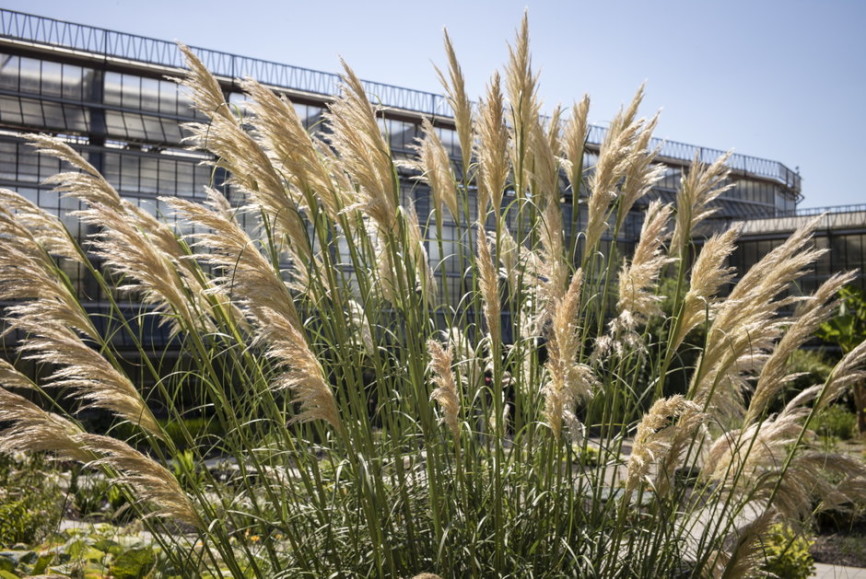
Herbarium
In addition to the living collections, the Botanical Garden also has a valuable herbarium. This bears the internationally recognised code name GENT (four capital letters). It can be consulted on the website of the Index Herbariorum. In total, the herbarium contains about 300,000 specimens. These are distributed between:
K.L. Ledeganckstraat 35
Fungal herbarium, ± 100 000 sp.
Moss herbarium, ± 25 000 sp.
Vascular plant herbarium, ± 150 000 sp.
Botanical Garden herbarium, ± 6 000 sp.
The collections consist largely of dried specimens mounted on sturdy Bristol board (large specimens) or in boxes (small specimens). Other specimens are kept in preserving liquid (such as flowers, fruits and algae). Yet others are stored in containers filled with silica gel. The latter have been collected with a view to molecular genetic analysis.
These collections are used very intensively in ongoing scientific research. Since 1970, at least 10 doctoral theses and over 50 theses (formerly ‘licentiate theses’) have been based on specimens from the herbarium. In addition, staff from the Seed Plants and Pteridophyta Research Groups at the Faculty of Sciences have used specimens from GENT for over 200 publications.
Other domestic and foreign researchers also consult the collections on a regular basis. They use the material for various purposes and study it using a variety of techniques. The ‘conventional’ approach involves morphological and anatomical observations. Herbarium specimens are increasingly being used as a source of DNA material for molecular genetic research.
The digitisation project ‘Linden, cross-media figure from the nineteenth century’ is being carried out with the support of the Flemish Government. More information about this project can be found here.
The Flore de Gand project is currently running in collaboration with the UGent University Archives and UGent-imec, IDLab. This project includes three historical herbaria (19th and early 20th century). You can find more info on www.floredegand.be.
Our herbarium is part of DigiHerb
DigiHerb is an EU-funded Interreg project that brings together three herbariums: Dublin (NWE), Karlsruhe (SNMK) and the herbarium of Ghent University (GENT). The project focuses on digitising herbarium collections to improve access to important biodiversity data. By creating a unified digital portal and using innovative high-throughput digitisation technology, the project aims to strengthen biodiversity research and innovation capacities. This will help address biodiversity challenges and is in line with the EU biodiversity strategy.
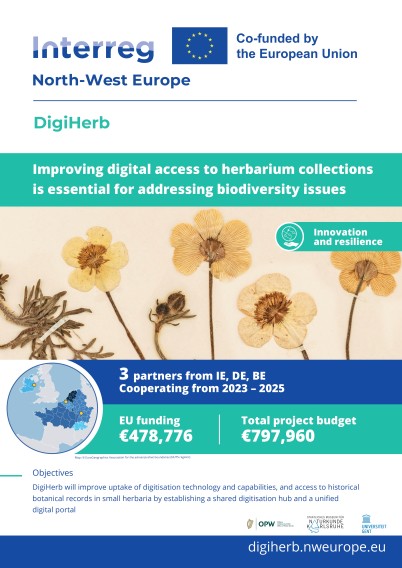
Seed bank
The Botanical Garden has a collection of seeds from thousands of plant species. Harvested seeds are kept in a dry, dark place for 2 years (a refrigerator at 5 °C). Long-term storage is at room temperature.
Every year, the Botanical Garden sends a seed list or 'Index Seminum' to more than 500 botanical gardens around the world. This list is intended only for exchanges with institutions that have subscribed to the Rio Convention (1992, CITES). Private collectors cannot use this service.


